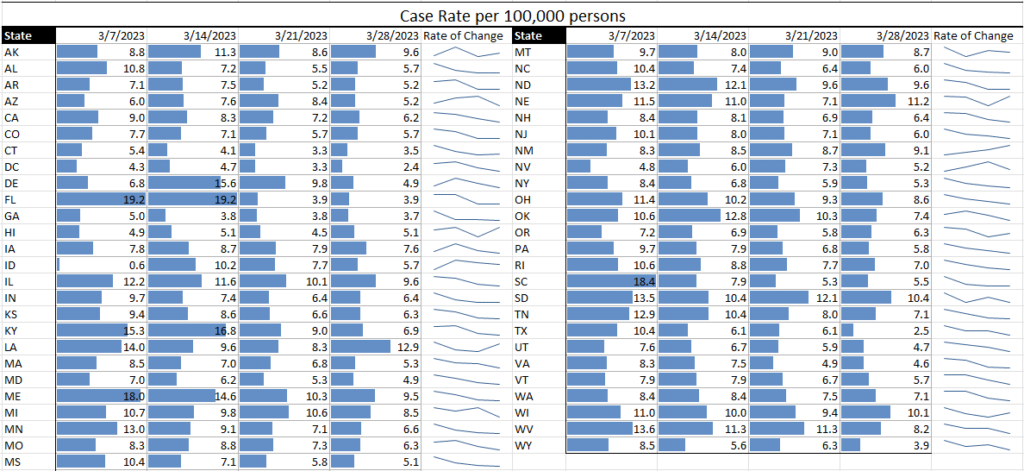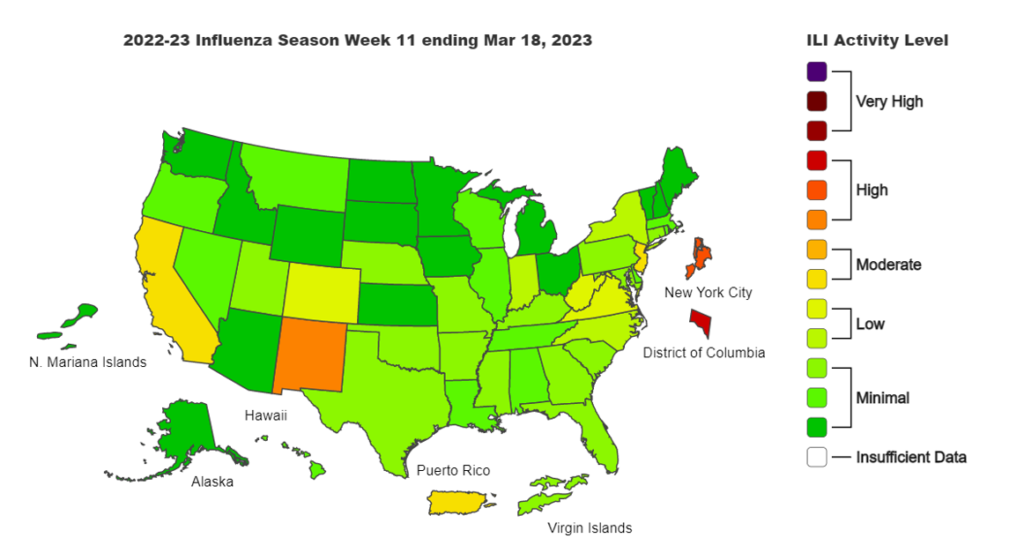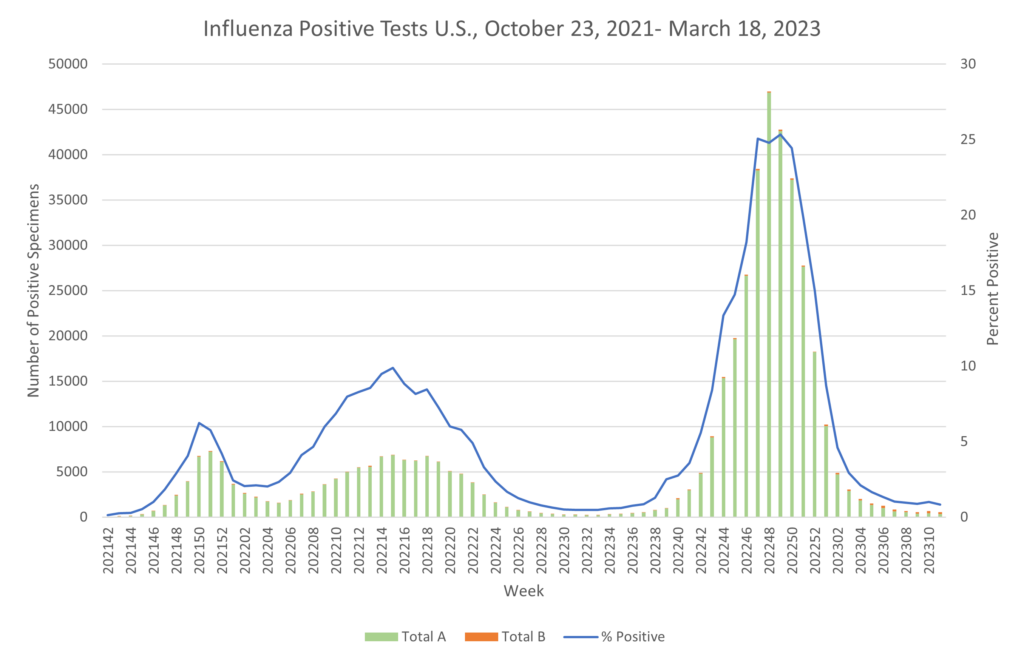In September 2020, CDC launched a National Wastewater Surveillance System (NWSS) to help track the presence of SARS-CoV-2, the virus that causes COVID-19. But it is not the first time that wastewater testing has been used to track disease through detection of pathogens in human waste. In fact, the concept can be traced back at least to the 1940s when epidemiologists used wastewater to track and contain US disease outbreaks, particularly polio. Since then, wastewater surveillance has been used on an increasing basis as a predictive tool for tracking emerging diseases.
As explained by CDC in discussing its use for COVID, wastewater surveillance can provide an early warning of disease spread in communities. Infected persons can shed viruses in their feces even if they don’t have symptoms, which can then be detected in wastewater. Surveillance can then serve as an early warning to health departments that a virus is spreading, and the community can act quickly to help prevent the spread.
A recent University of Michigan study shows how a wastewater testing system is being used to detect a number of viruses (including mpox, influenza-A, norovirus GII and respiratory syncytial virus [RSV]) in five area cities. As an example, on March 17, the data, which is collected regularly and reviewed by health officials during biweekly meetings, showed that Ann Arbor, Flint, Jackson, Tecumseh and Ypsilanti had the lowest of four levels of RSV and influenza-A, while Norovirus levels were the highest of four levels in all five communities and COVID levels had some variation.
While this study focused specifically on UM-area cities, the CDC data is nationwide, and we are seeing surveillance being conducted in other areas as well – both US and global. With its ability to detect emerging disease spread, we expect wastewater surveillance to continue to expand, with more cities, states, universities, etc. tracking data. While we’ve not seen a publicly available compilation of surveillance efforts, keeping an eye out for initiatives in your community can help increase your awareness – and protective efforts against – emerging disease.
COVID Risk Matrix:

Influenza:


Infectious Disease News:
- Marburg virus – recently reported in Tanzania which is testing their preparedness efforts. As of March 22, a total of eight cases, including five deaths (case fatality ratio 62.5%) have been reported from two villages in the Bukoba district, Kagera region. Two of these cases were healthcare workers, one of whom has died. This is the first Marburg virus disease outbreak reported in the country. Spread occurs through human-to-human transmission via direct contact with the blood, secretions or other body fluids of infected or deceased people.
- Tanzania is one of the risk countries prioritized by WHO to enhance preparedness and operational readiness as well as the capacity to manage Ebola outbreaks.
- Also, as of March 22, 2023, the World Health Organization published a Disease Outbreak News Item reporting that there are a total of nine laboratory-confirmed cases of Marburg virus disease in Equatorial Guinea. All 20 of the probable cases and seven of the confirmed cases have died.
- The value of wastewater testing was in evidence during the pandemic, and it is being expanded in some areas as an “early warning system” of infectious disease potential. As an example, the University of Michigan announced Wednesday, March 22, an update to its online dashboard to include detection of monkeypox, influenza-A, norovirus GII and respiratory syncytial virus in Ann Arbor, Flint, Jackson, Tecumseh, and Ypsilanti. The program, funded by the state health department, CDC and university, already previously tested samples for coronavirus.
- Sweden’s Public Health Agency recently reported continuing spread of severe influenza cases west of Stockholm. During week #10, there was roughly the same number of cases of influenza A (385 cases) as influenza B (364 cases).
- World Tuberculosis Day was on March 24th, with an aim to raise awareness of its impact and highlighting efforts to eliminate it. Announcements in many countries including China, Ghana, Malaysia, India, Nigeria, Bangladesh, and in the US (e.g., in NYC), were made highlighting incidence and strategies to reduce it. Several areas are reporting increases, although this may be due to disruptions in diagnoses during the COVID pandemic.





